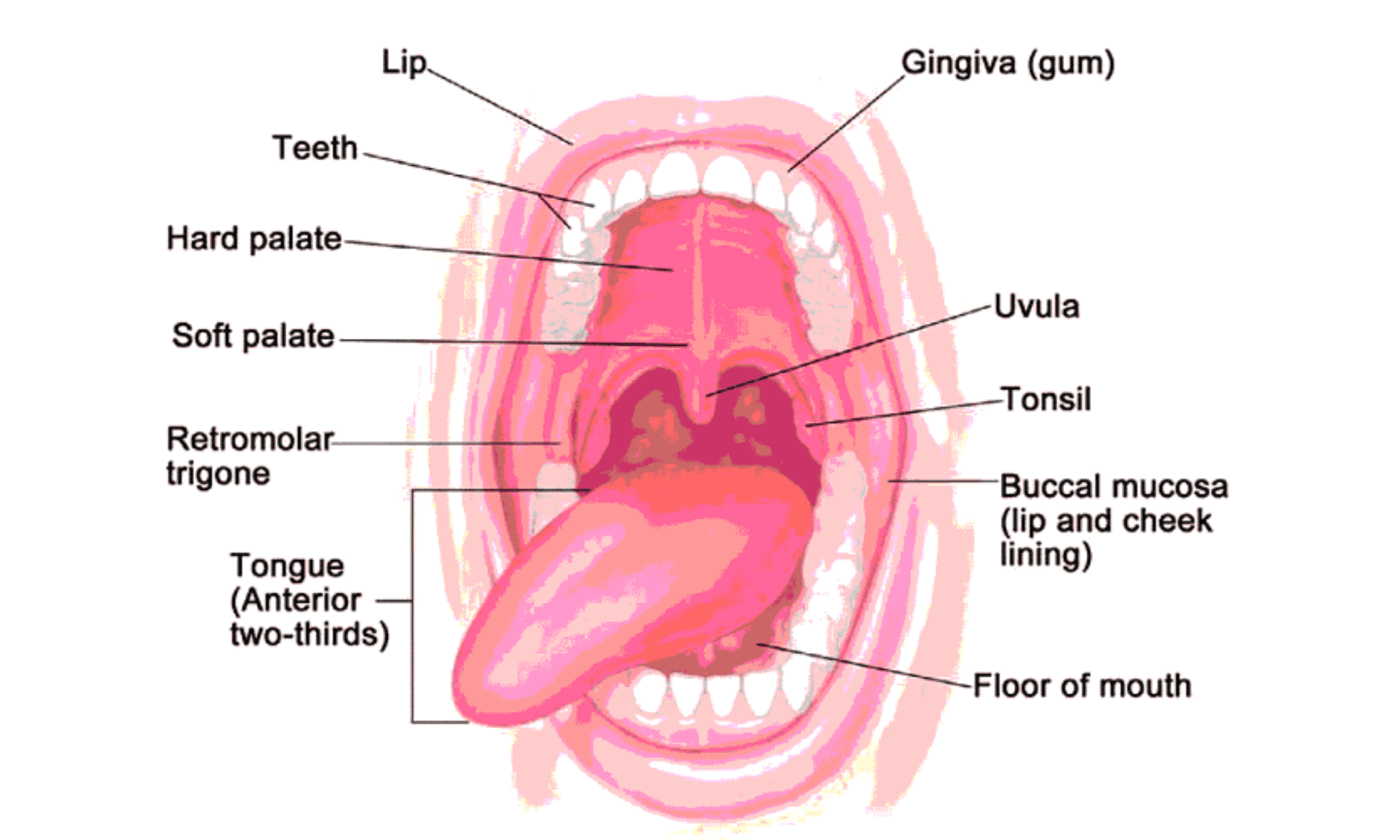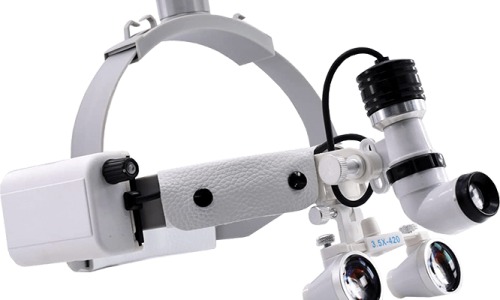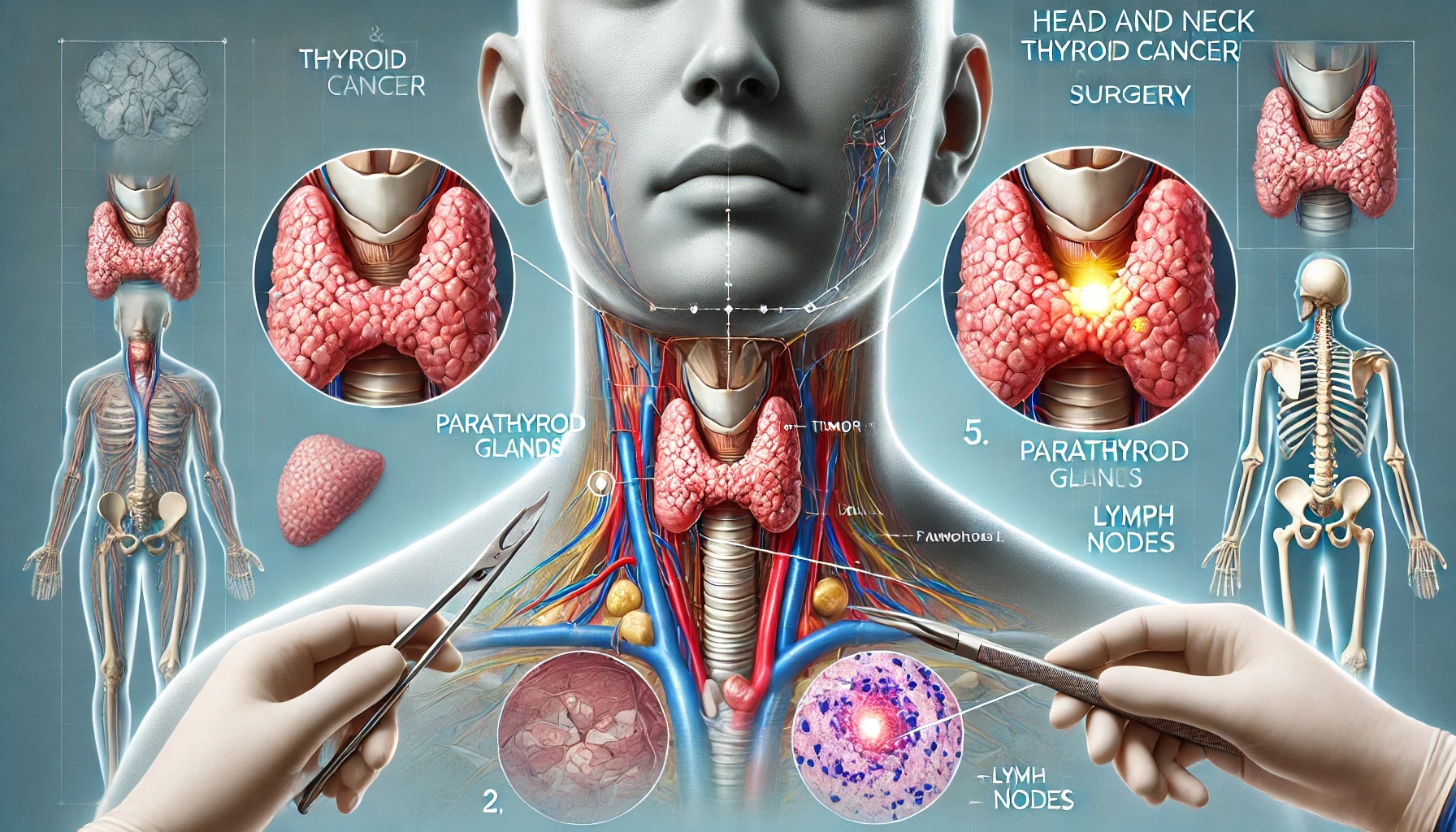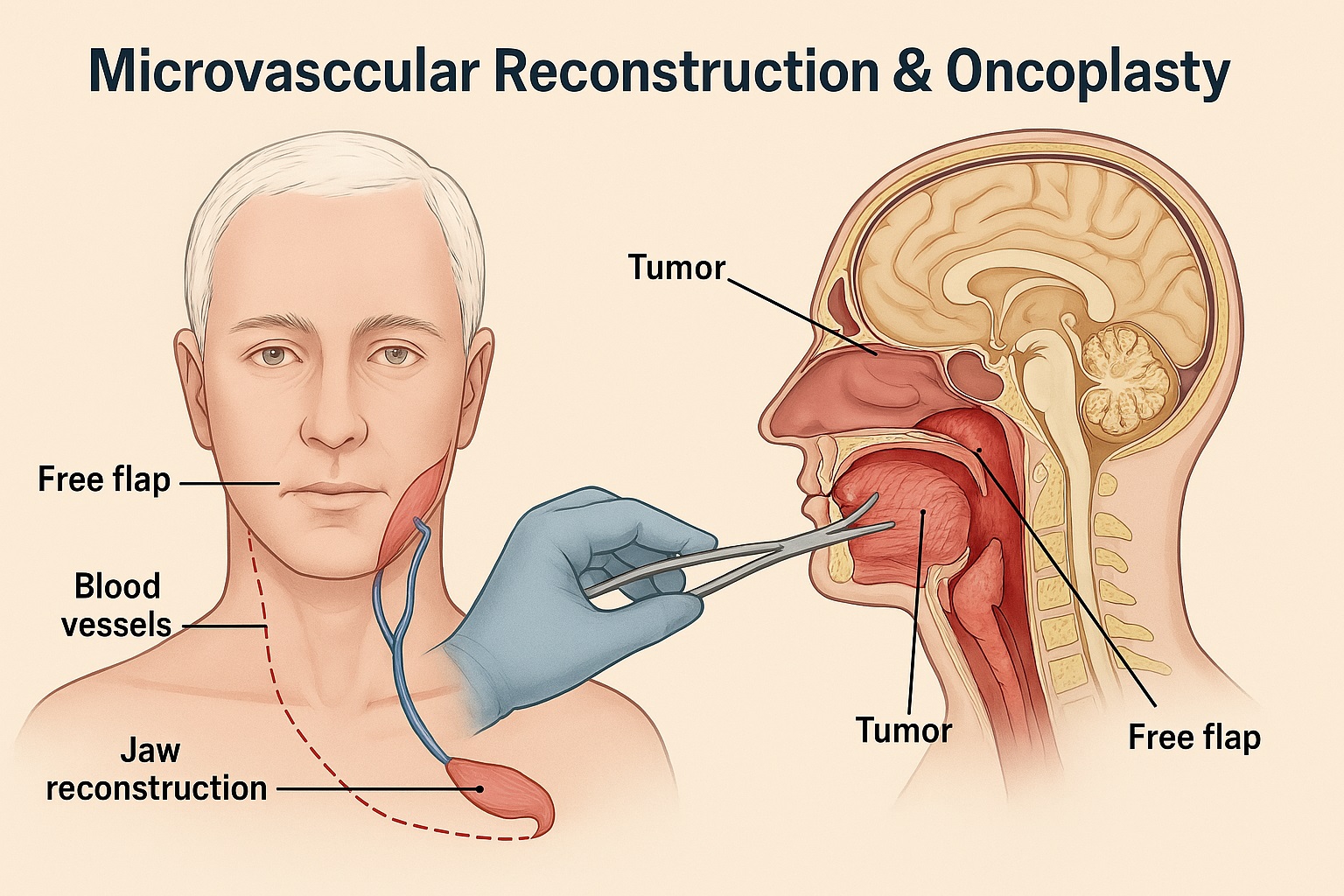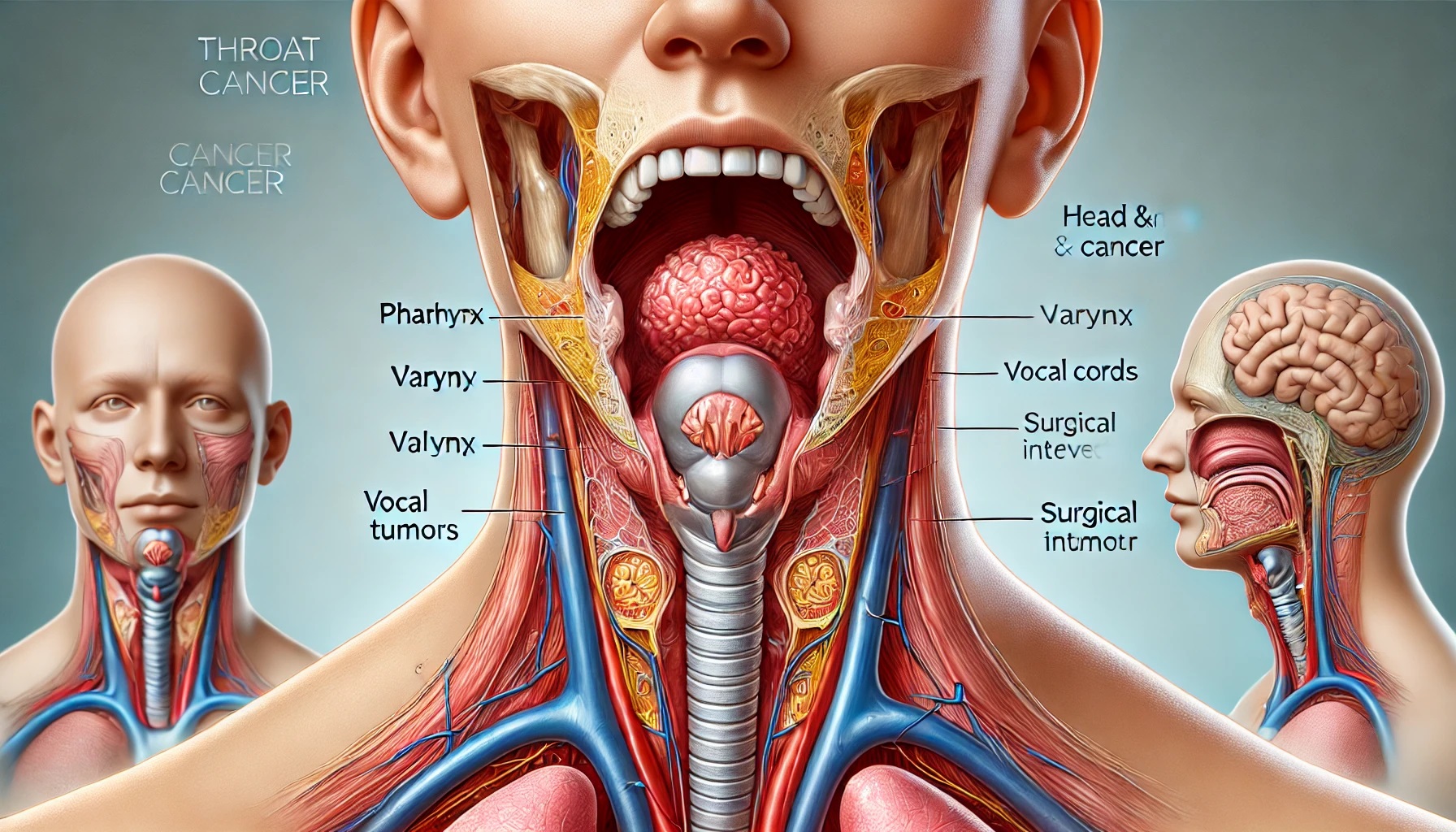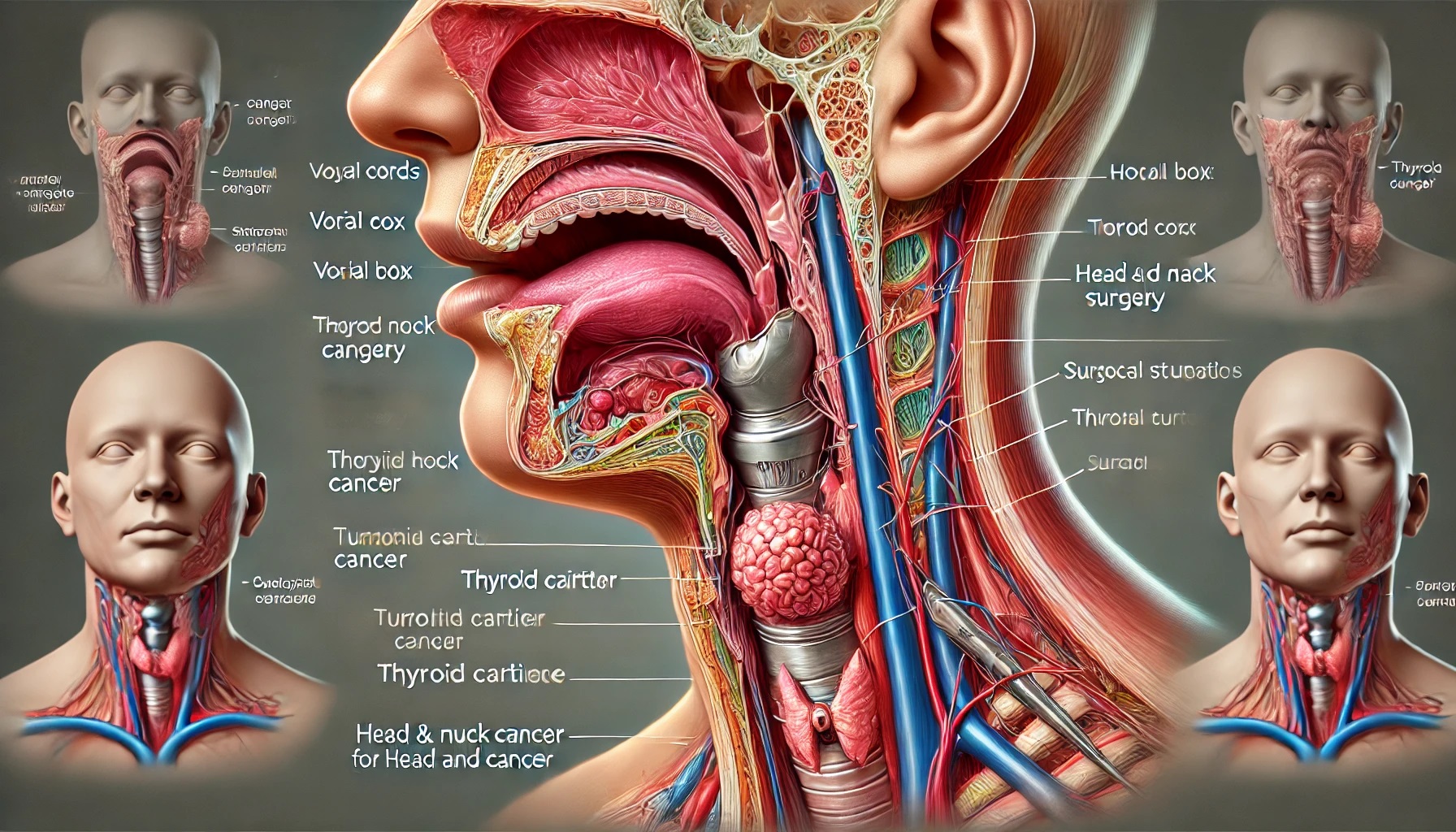Comprehensive & Precise Cancer Assessment with Dr. Dushyant Mandlik
Early and accurate diagnosis is crucial in successfully treating head and neck cancers. Dr. Dushyant Mandlik, an expert head and neck cancer surgeon, specializes in advanced diagnostic and evaluation techniques to detect cancer at the earliest stage and create personalized treatment plans.
Signs & Symptoms That Require Evaluation
Advanced Diagnostic Techniques
1. Clinical Examination & Endoscopy:
- Head & Neck Examination: Detailed assessment of oral, nasal, and throat structures.
- Flexible Nasal Endoscopy: A minimally invasive procedure using a thin, flexible camera to examine the throat and voice box.
2. Imaging Studies for Cancer Detection:
- CT Scan & MRI: Provides detailed imaging of tumors, their size, and location.
- PET-CT Scan: Identifies cancer spread to lymph nodes and distant organs.
- Ultrasound of Neck: Used to evaluate thyroid nodules and lymph nodes.
3. Biopsy & Pathological Analysis:
- Fine Needle Aspiration Cytology (FNAC): Extracts cells from suspicious lumps for microscopic examination.
- Core Needle or Excisional Biopsy: Tissue sampling for histopathology and cancer type confirmation.
4. Molecular & Genetic Testing:
- HPV & EBV Testing: Detects viral-linked head and neck cancers.
- Genomic Profiling: Identifies mutations to personalize targeted therapy.
Cancer Staging & Treatment Planning
Once cancer is diagnosed, staging helps determine the best course of treatment. Dr. Dushyant Mandlik follows globally accepted TNM staging guidelines (Tumor, Node, Metastasis) to categorize cancer into early-stage, locally advanced, or metastatic cancer.
📌 Customized treatment strategies are developed based on stage, cancer type, and patient health status.
Why Choose Dr. Dushyant Mandlik for Cancer Diagnosis & Evaluation?
✔ Specialized Expertise: Years of experience in head & neck oncology
✔ Cutting-Edge Technology: Access to the latest diagnostic tools
✔ Personalized Care: Tailored treatment plans for every patient
✔ Comprehensive Approach: Multidisciplinary collaboration with radiologists, pathologists, and oncologists
Schedule Your Consultation Today
Early diagnosis saves lives! If you are experiencing any suspicious symptoms or need a second opinion, book an appointment with Dr. Dushyant Mandlik today.

